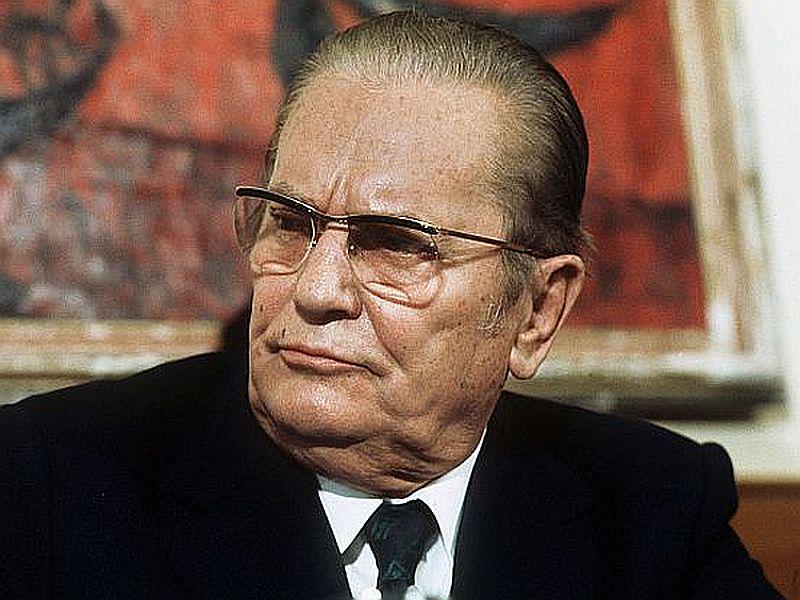
In 1946, a deadly incident in the skies over Slovenia almost led to an armed conflict between the United States and Yugoslavia – but diplomacy ultimately saved the day.
For several weeks that summer, Yugoslav President Josip Broz Tito had demanded that the U.S. stop military overflights of Yugoslavia. Even though Tito had been an American ally during World War II, he was also a Communist dictator, and Yugoslavia was, at a time of increased Cold War tensions, still a member of the Soviet bloc.
On August 19, an unarmed American military transport plane was diverted across Yugoslav airspace due to bad weather. Yugoslav fighters scrambled from an airstrip near the resort town of Bled and fired on the American aircraft. The wounded plane tumbled towards the heavily wooded Pokljuka Plateau in northwestern Slovenia. Despite initial reports that two of the crew members had survived the crash by parachuting out at the last minute, it soon became apparent that all five had been killed.
To the residents of nearby villages, the crash was an event of a lifetime. Many went to the crash scene to pick up fragments of the downed plane as souvenirs, some of which survive to this day. To authorities in Washington, however, the shooting down of an unarmed aircraft -- and the deaths of five American servicemen – came close to a declaration of war.
Prominent officials called for UNRRA (United Nations Relief and Rehabilitation Administration) assistance to Yugoslavia to be cut off at once. Some went further: The New York Daily News spoke about dropping an atom bomb on “some uninhabited district” of Yugoslavia, while according to the Trieste-based historian Jože Pirjevec, some Washington hawks even urged a nuclear attack on Ljubljana, Zagreb, or Belgrade.
Tito’s initial reaction only exacerbated the tensions. He claimed that the Americans were only interested in “an imperialistic peace” and that Yugoslavia would never accept “peace at any price.” The Soviets joined in, demanding that the U.S. apologize to Yugoslavia for violating its territory.
However, it eventually became apparent that a calm resolution of the crisis was in everyone’s best interest. The U.S. ambassador met with Tito at his summer residence in Bled, and American representatives were allowed to visit the crash site. The bodies of the American airmen, which were initially buried in a mass grave, were exhumed and given a ceremony with full military honors. They were later transported back to the U.S.
Finally, Yugoslavia agreed to pay compensation in the amount of $150,000 for the deaths, even though it continued to deny any responsibility for the incident. U.S.-Yugoslav relations slowly returned to normal.
In 1948, Tito broke with the Soviets, and Yugoslavia became a strategic partner for the United States. Meanwhile, the relations between the Soviets and the Americans continued to decline as the Cold War grew increasingly tense, and incidents such as the one in the skies above Slovenia became a common occurrence as the two superpowers vied for prestige and influence around the world.

































































